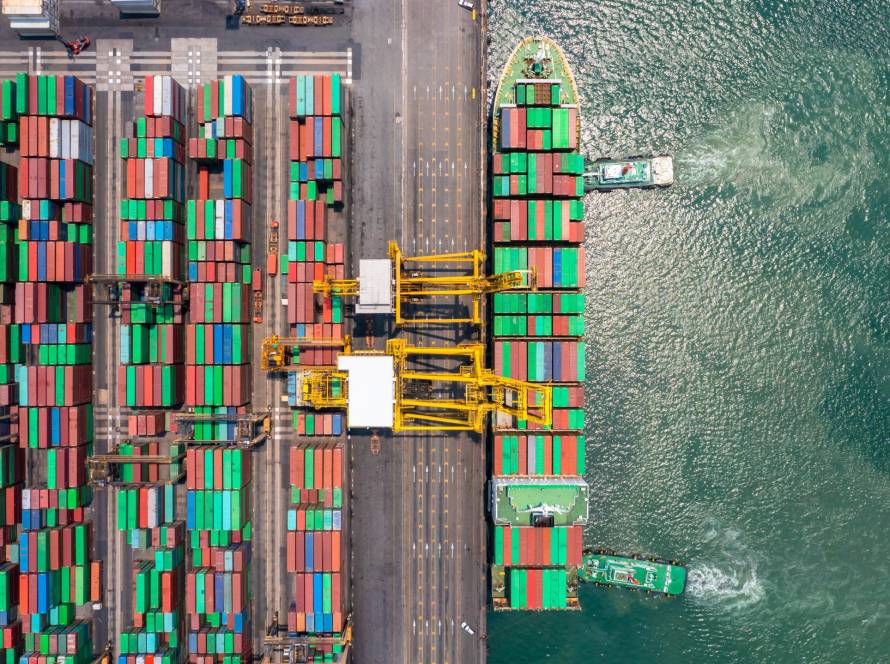Farming has been one of the cornerstones of civilizations throughout human history. However, today, the agricultural sector is facing environmental challenges such as drought caused by climate change. Drought poses a major threat to farmers, negatively affecting agricultural production, food security, and economic stability. In this article, we will discuss the challenges of farming in drought conditions.
1. Inadequacy of Water Resources
One of the biggest challenges of farming in drought conditions is the inadequacy of water resources. Plants need water to grow and produce. However, reduced rainfall and depletion of water resources make it difficult for farmers to meet their irrigation needs. This leads to plants not receiving enough water, resulting in a loss of yield.
2. Decrease in Soil Fertility
Drought negatively affects productivity by reducing the moisture content of the soil. Insufficient moisture can cause the soil to compact and deteriorate. This prevents the roots of plants from developing sufficiently and reaching nutrients. In addition, drought can cause soil erosion and salinization, which further complicates agricultural production.
3. Decrease in Crop Productivity
When water and nutrients are insufficient, plants cannot grow sufficiently, and yields are lost. Drought negatively affects the development process of crops, making it difficult for farmers to achieve the expected harvest. This negatively affects both farmers’ income and food supply. Plants that are not particularly resistant to drought can be seriously damaged under these conditions.
4. Increased Irrigation Costs
Drought forces farmers to turn to modern irrigation techniques. However, these techniques are often costly. In cases where water resources are limited, methods such as drip irrigation are preferred for efficient use of water. These methods may be expensive at the beginning, but they save water in the long run. However, these costs can be a significant burden, especially for small-scale farmers.
5. Negative Effects on Livestock
Drought affects not only plant production but also livestock. Drying of pastures causes animals to not have enough feed. This makes it difficult to feed animals and negatively affects their health. In addition, the decrease in water resources makes it difficult to meet the drinking water needs of animals, which leads to low productivity in the livestock sector.
6. Food Security and Economic Challenges
Drought negatively affects food production and reduces food supply. This can lead to increased food prices and increased food security risks. In addition, low yields and high costs cause farmers to have economic difficulties. This situation can create serious financial difficulties, especially for small-scale farmers, and can jeopardize the sustainability of agricultural production.
7. Problems Related to Climate Change
Droughts are becoming more frequent and severe as a result of climate change. This can cause the agricultural sector to face more difficulties in the future. Climate change makes agricultural production conditions unpredictable, which makes it difficult for farmers to plan.
8. Why is Supporting Farmers Important?
Farming in drought conditions creates great difficulties and uncertainties for farmers. The main threats to the agricultural sector are the decrease in water resources, decreased soil fertility, decreased product productivity, increased costs, and food security risks. However, in the face of these challenges, it is critical for farmers to turn to innovative and sustainable agricultural techniques to secure the future of agricultural production.
Agricultural sustainability and food security can be achieved by taking measures against environmental challenges such as climate change and drought. Therefore, it is vital that agricultural policies include strategies to combat drought and that farmers are supported in this process.





